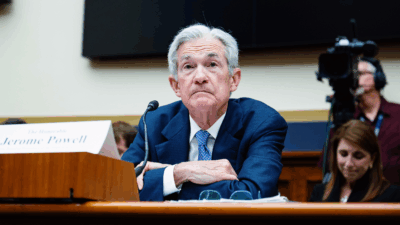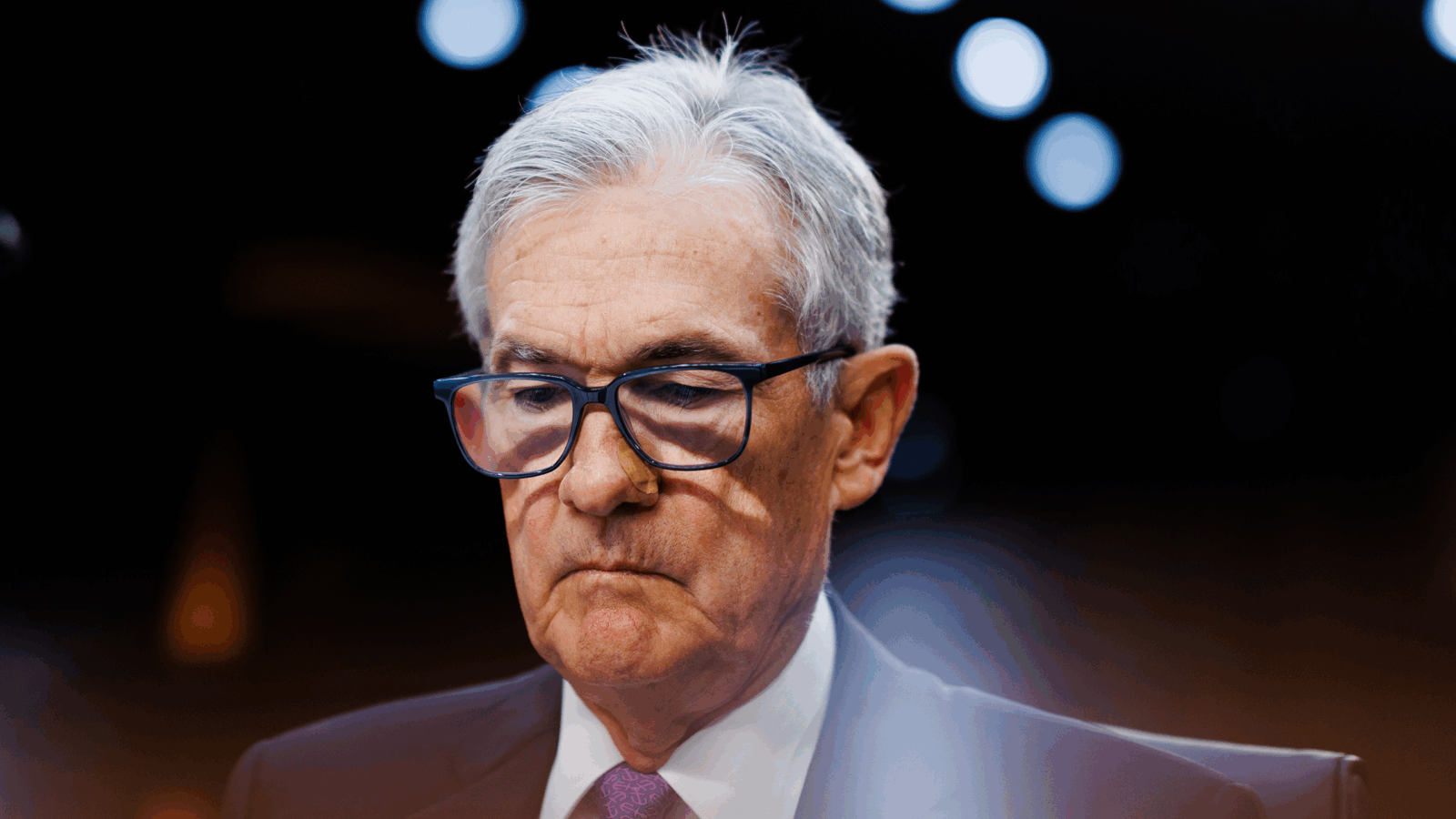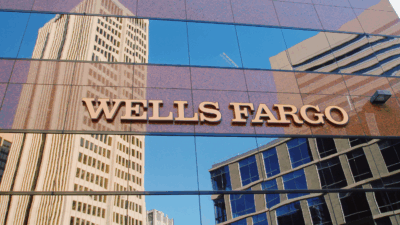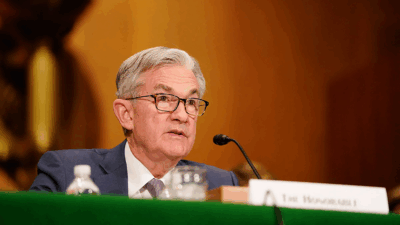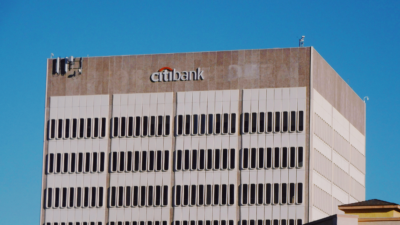
Sign up for smart news, insights, and analysis on the biggest financial stories of the day.
Setting interest rates in 2022 is akin to a high-wire stunt straight out of Mission: Impossible. Running interference is skyrocketing inflation in an economy still recovering from one global crisis (the pandemic) while shouldering the seismic ripples of the next (Russia’s invasion of Ukraine).
On Wednesday, the US Federal Reserve announced its plans to tackle the challenge, which include raising interest rates for the first time since 2018 and penciling in further increases later this year. An outcome that surprised no one, yet still managed to send equities skyward.
You’re Piquing My Interest
The core thrust of yesterday’s news was, by all accounts, pedestrian: Fed officials approved hiking the central bank’s benchmark federal funds rate by a quarter percentage point to a range of 0.25% to 0.5%. From there, the Fed signaled rate increases at its six remaining meetings this year, which would bring the rate to 1.9% by the end of 2022.
Just a few months ago Fed officials were evenly split on the need for an interest rate hike at all in 2022. Since then, the median estimate for US GDP growth moderated from 4% at the end of last year to 2.8% currently (hardly the change that would portend a rise in rates).
But that was one war and one global energy crisis ago, and the Fed is attempting to strike a delicate balance between slowing white-hot inflation — currently at a 40-year high of 7.9% — and not unduly interfering with economic growth. Yesterday’s announcement made it clear who the real enemy is:
- The decision showed “the Fed is quite concerned about inflation,” said Bob Michele, chief investment officer at JPMorgan Asset Management.
- Fed officials revised its inflation forecasts, and not in the way you may have hoped: The median year-end estimate for core inflation, the Fed’s metric that excludes food and energy, increased from December’s 2.7% projection to 4.1%.
- The Fed also touched on plans to reduce its balance sheet, which ballooned to $9 trillion amid the pandemic. Last week, it had already ended its long-running asset-purchase stimulus program.
Bank Shot: The S&P 500 had been up about 1.3% in anticipation of the Fed’s announcement, and climbed another 0.3% immediately after. But big lenders quickly emerged as big winners. The KBW Bank Index jumped 3.6% Wednesday. Bank of America gained 3.1%, while JPMorgan and Citigroup saw their best single-day performances since January 2021.


